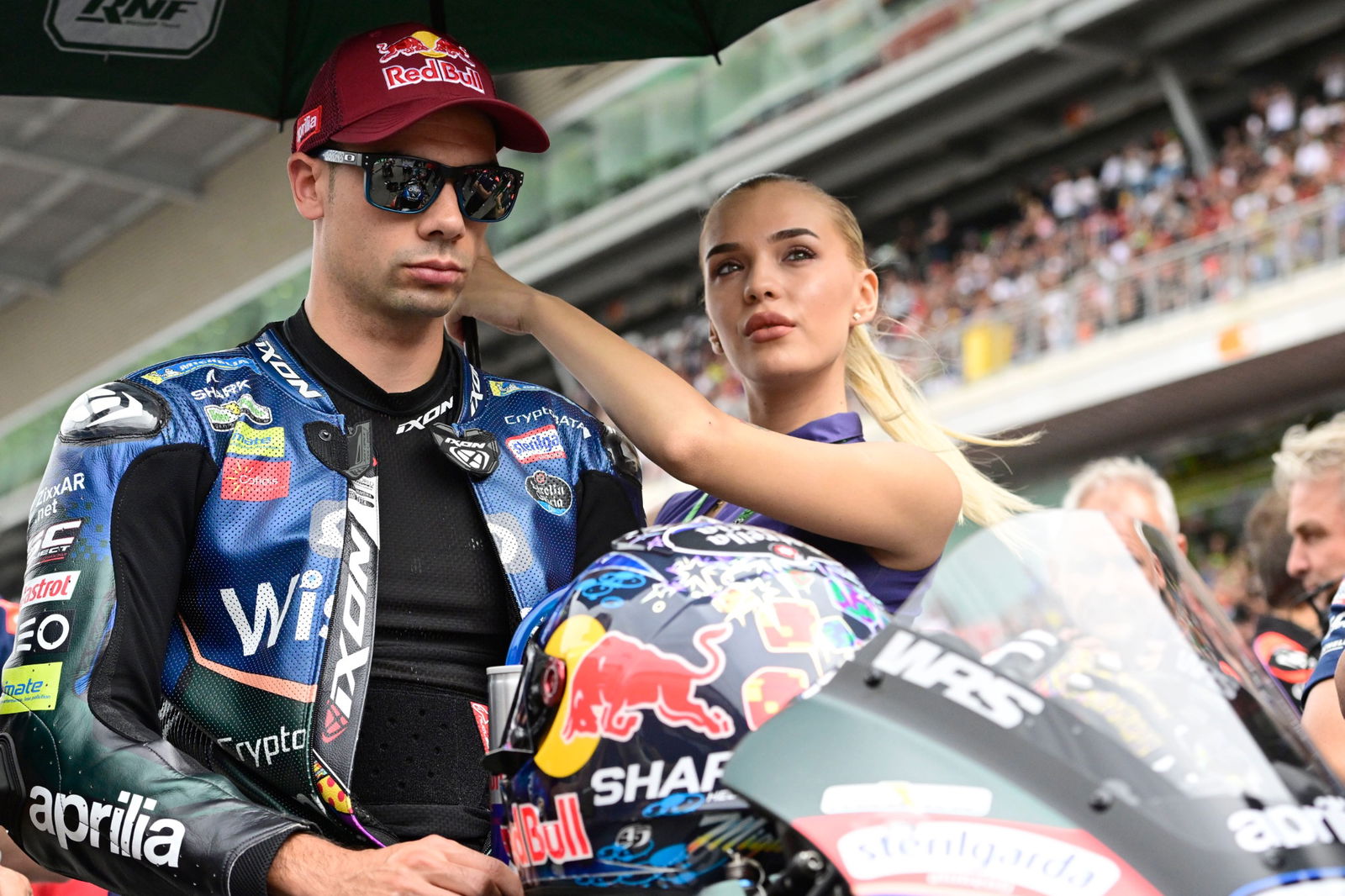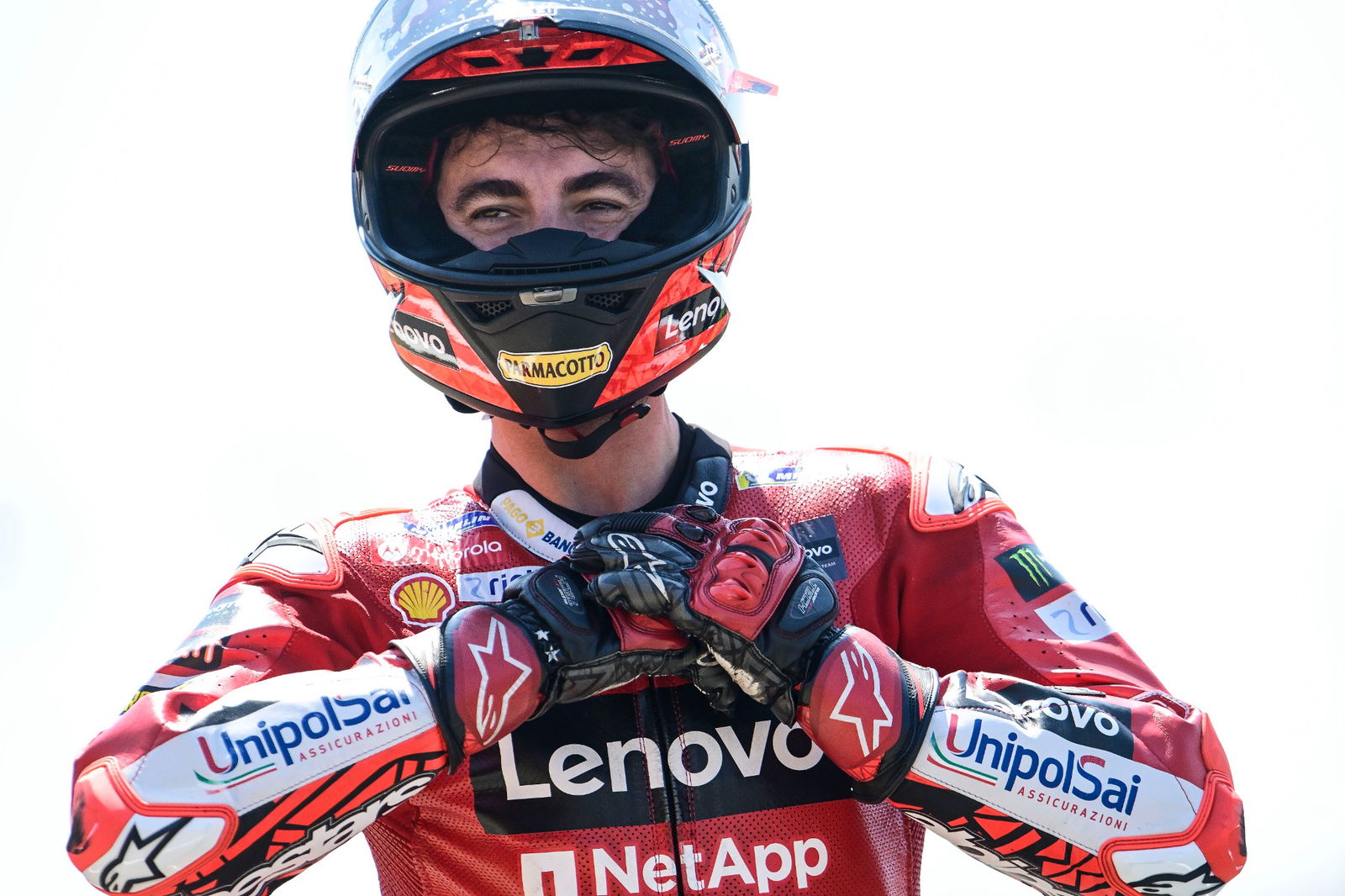Six crucial factors that led Honda to their lowest point

1. Marc Marquez’s arm injuries
Without Marc Marquez’s right arm fracture at Jerez 2020, and following complications, Marquez would have been the overwhelming favourite to win the 2020 title and - at the very least - in the fight with rising stars Fabio Quartararo (Yamaha) and Francesco Bagnaia (Ducati) for 2021.
But without a bigger push from HRC, the growth of Ducati, plus leap in progress by KTM and Aprilia, might have proved too much for even a fully fit Marquez to contain by 2022.
Both rider and team must also share responsibility for Marquez’s ill-fated early return a week after the 2020 Jerez injury, weakening the newly fitted plate, which then failed. That forced operation number 2 (of 4), which later became infected, compounding his injury woes.
2. Having all their eggs in the Marquez basket
Although Marc Marquez won 12 races in 2019, it was also the first time that no other Honda rider had won a race since Marquez joined MotoGP in 2013.
In other words, the RC2123V had become a one-rider bike Therefore, no other Honda rider was ready to step up and fight for victory when Marquez was ruled out of action by the Jerez arm injuries.
In fairness to Honda, they have repeatedly tried to diversify.
HRC signed triple champion Jorge Lorenzo for a ‘dream team’ alongside Marquez in 2019. But Lorenzo chose to retire at the end of a dismal debut campaign. Had Lorenzo raced on in 2020, he might have been able to take up the Honda baton in Marquez’s absence, by steering bike development in his direction.
Honda then signed Pol Espargaro, Marquez’s Moto2 rival, for 2021-2022 followed by Suzuki stars Joan Mir and Alex Rins for 2023. But Rins’ shock COTA win aside (while Marquez was absent), none have been able to consistently challenge the #93, while the Honda has evolved into a bike that not even a fit Marc Marquez can master.
3. Failing to solve the rear edge-grip issue
Honda’s persistent rear edge-grip weakness means that, while lowsides in the braking zone are the most common MotoGP accident these days, the RCV still suffers from some scary rear-wheel highsides.
Marquez (whose Jerez arm injury and Mandalika diplopia came from such falls) made his feelings clear with a middle finger to his bike after a save in practice at the Sachsenring.
Not only does it sap rider confidence but Marquez, Mir and Rins have all been injured in highsides this year.
4. Not poaching rival engineers
While the likes of KTM have taken an F1-style approach to hiring key staff from rival teams to accelerate their progress, and Yamaha has been enhancing the responsibilities of its European base, Honda remains very much Japanese-orientated.
5. A cautious attitude to bike development
Honda, and the Japanese brands in general, are perceived to take a much more cautious view towards bike development, with lengthy reliability checks slowing down the delivery of new parts, versus the more aggressive attitude of the Europeans.
As such, Honda has been late to the party in terms of ride-height devices and aerodynamics. The seamless gearbox was the last significant Honda technical innovation, well over a decade ago.
As with the recent 2024 prototype, when new parts do arrive, the Honda riders often struggle to notice a tangible difference in performance.
6. Not keeping Dani Pedrosa as test rider
A Honda rider for his entire grand prix career, HRC showed little interest in retaining Dani Pedrosa as a MotoGP test rider and he was promptly snapped up by KTM for 2019.
Pedrosa has proved his worth as a key part of the RC16’s testing programme and, several years after retirement, remains fast enough to challenge for podiums at Misano.
Although not racing by 2020, Pedrosa might have helped keep Honda’s development on target while Marquez was absent through injuries.

